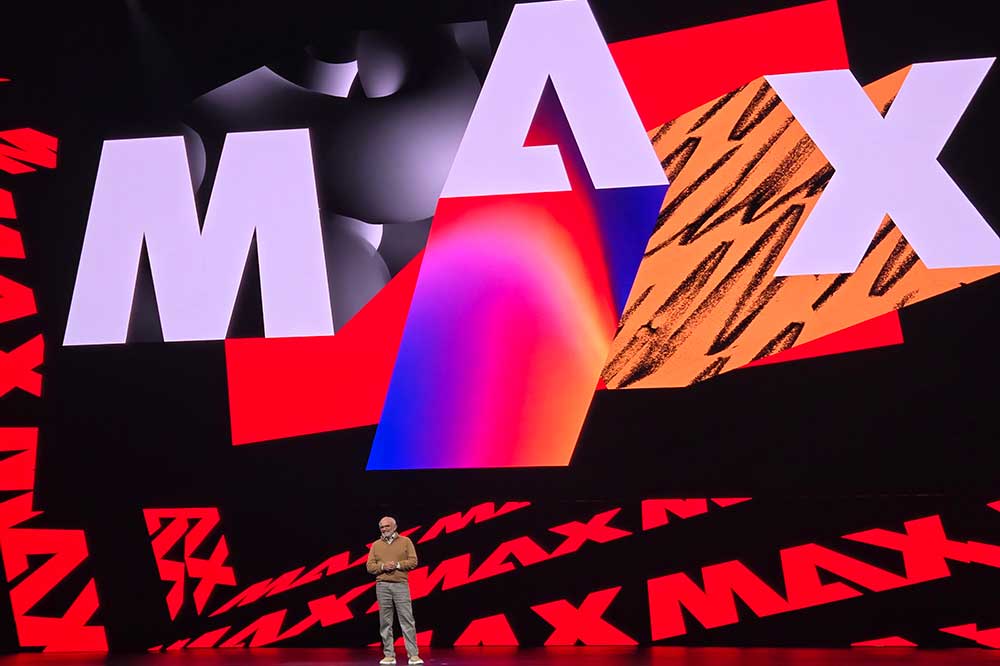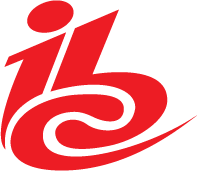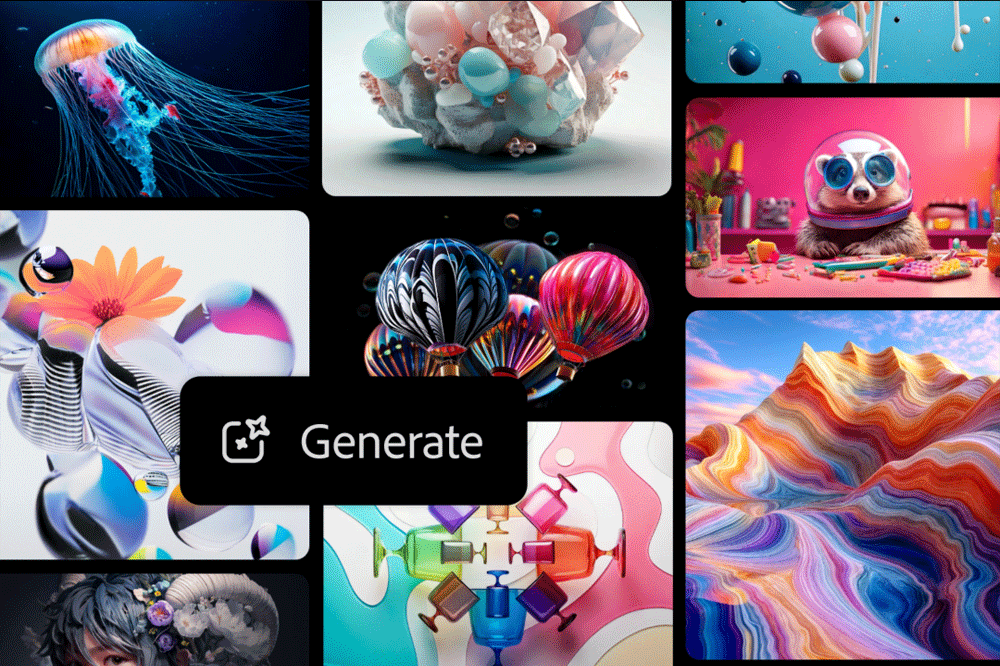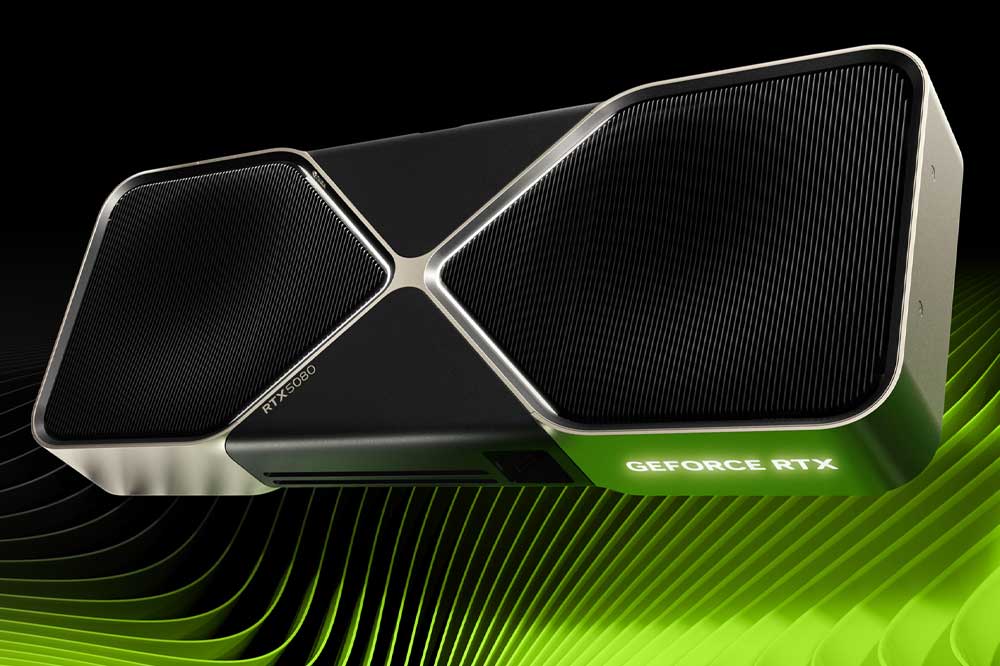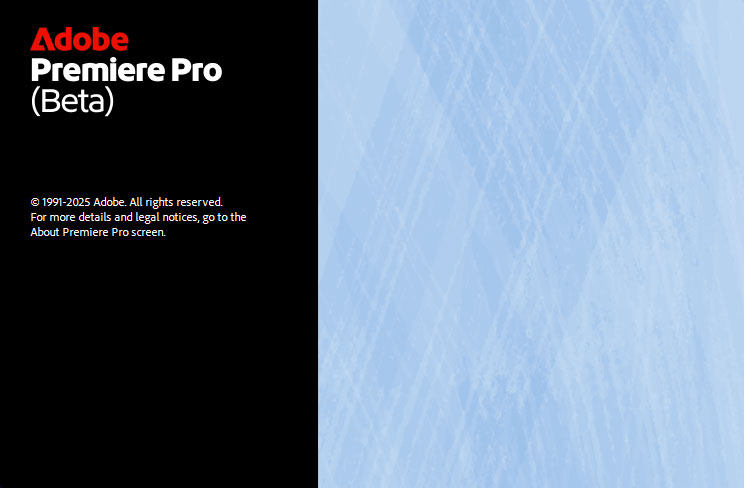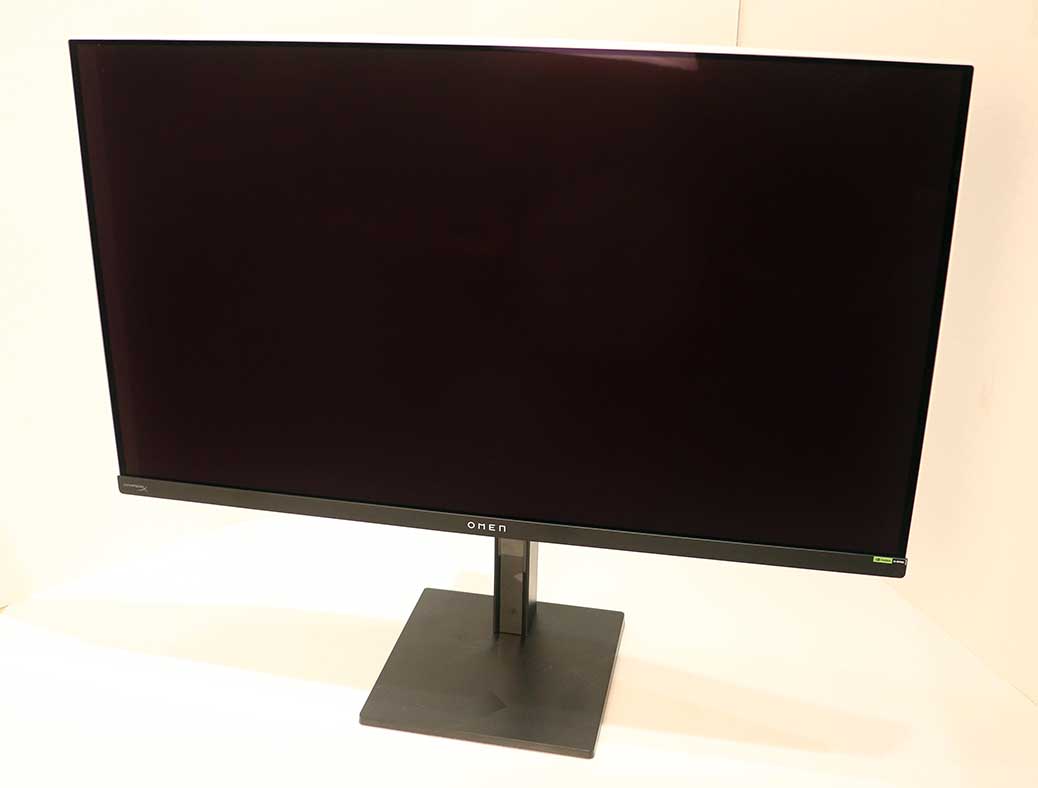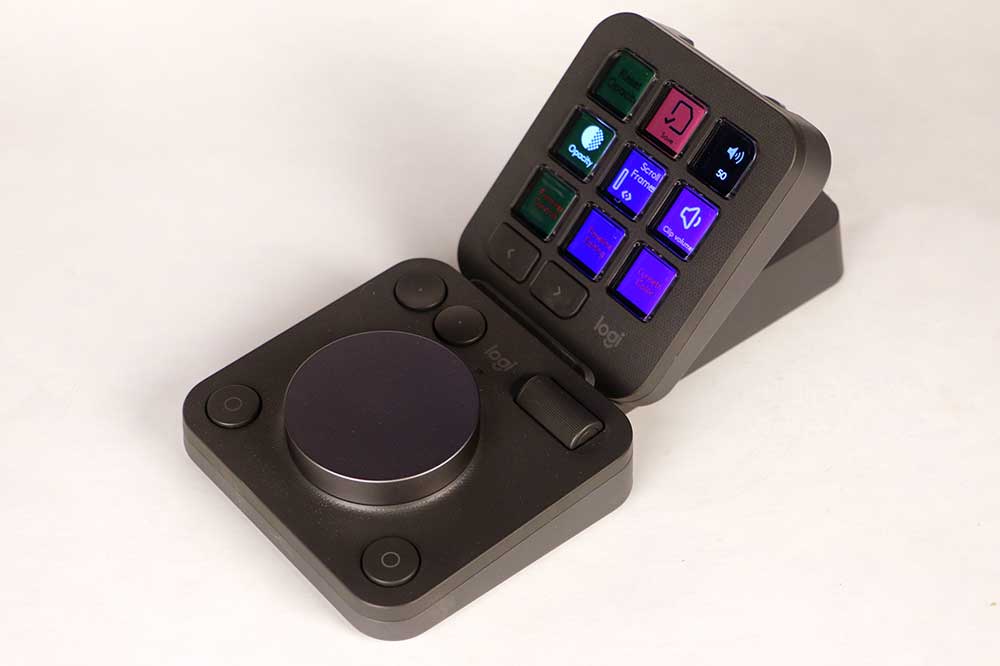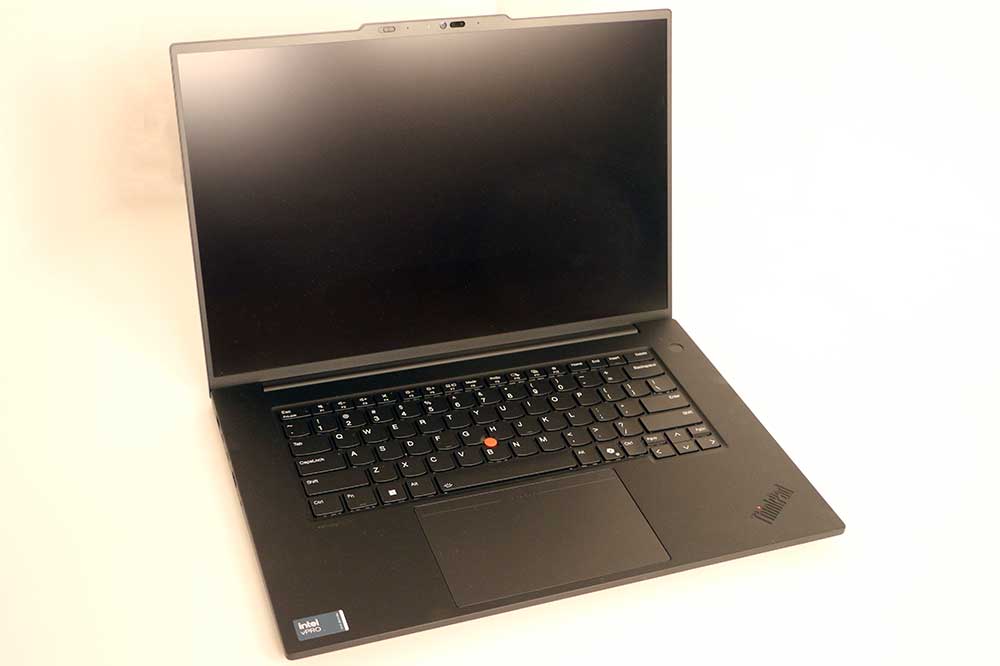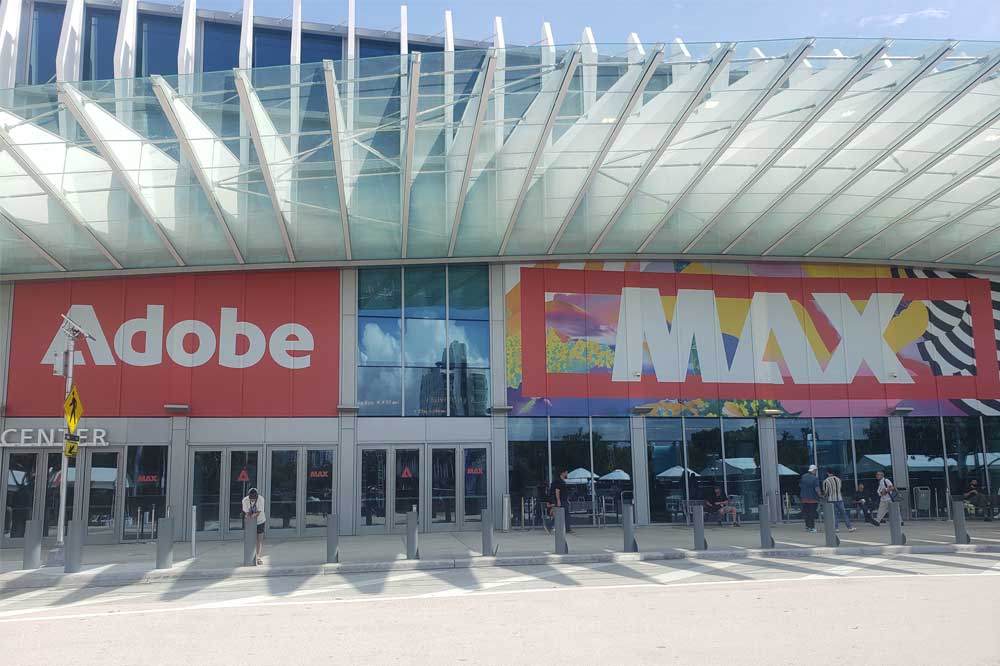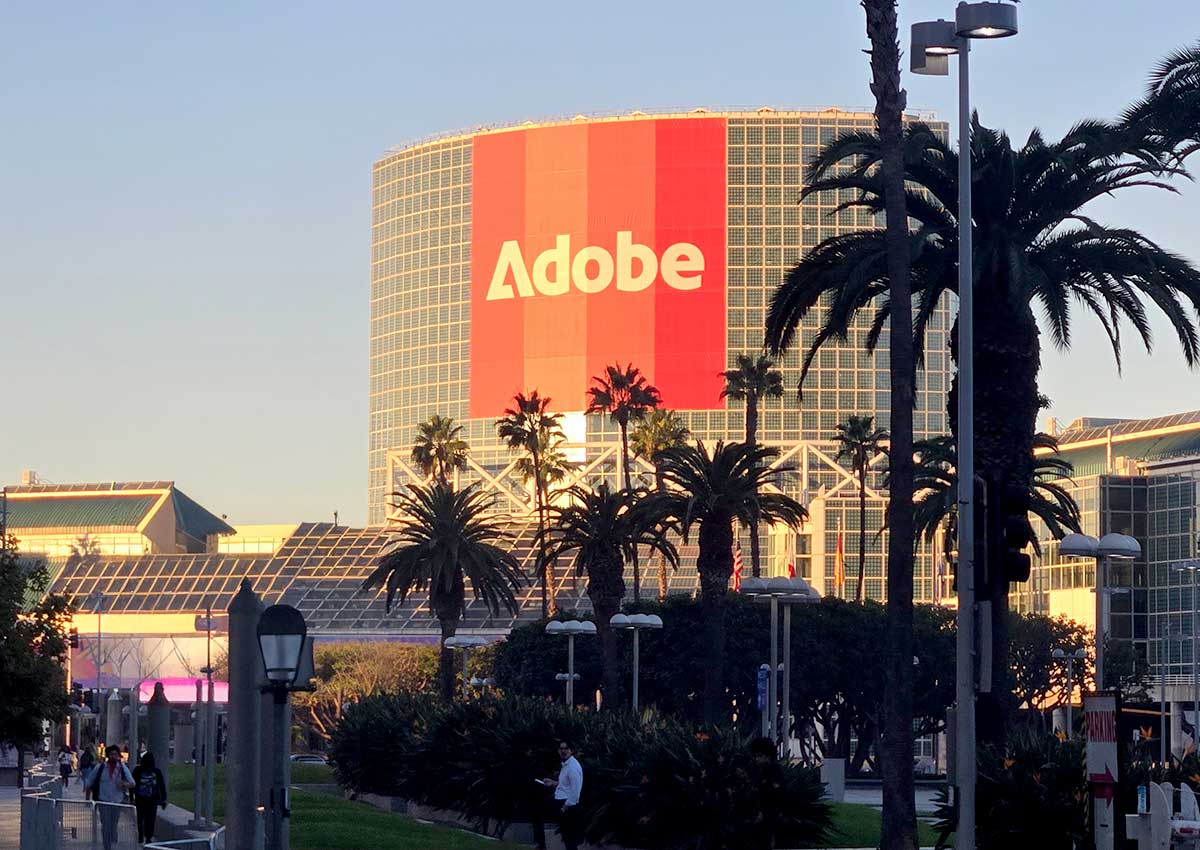
I attended Adobe MAX at the LA Convention Center last week. This is my 6th time at MAX, and it has been interesting to see the event evolve over the years. This year’s primary focus was clearly on AI tools, both Generative AI, and AI agents. I had used Adobe’s existing Firefly tools to a limited degree over the past year or two, but never really dove into them, which I do intend to do now that they have matured so much in the most recent release.
Continue reading

